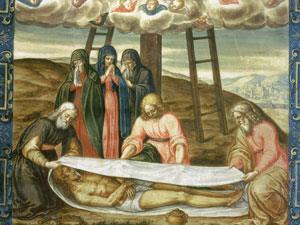

(Isotopes are forms of an element with a different number of neutrons.)īut critics argued that the researchers used patched-up portions of the cloth to date the samples, which could have been much younger than the rest of the garment. 1390, lending credence to the notion that it was an elaborate fake created in the Middle Ages.

Centuries later, in the 1980s, radiocarbon dating, which measures the rate at which different isotopes of the carbon atoms decay, suggested the shroud was made between A.D. 1353, when it showed up in a tiny church in Lirey, France. However, the Catholic Church only officially recorded its existence in A.D. 1204, the cloth was smuggled to safety in Athens, Greece, where it stayed until A.D. After crusaders sacked Constantinople in A.D. 30 or 33, and was housed in Edessa, Turkey, and Constantinople (the name for Istanbul before the Ottomans took over) for centuries. Īccording to legend, the shroud was secretly carried from Judea in A.D. Though the Catholic Church has never taken an official stance on the object's authenticity, tens of thousands flock to Turin, Italy, every year to get a glimpse of the object, believing that it wrapped the bruised and bleeding body of Jesus Christ after his crucifixion. On its face, the Shroud of Turin is an unassuming piece of twill cloth that bears traces of blood and a darkened imprint of a man's body.


 0 kommentar(er)
0 kommentar(er)
